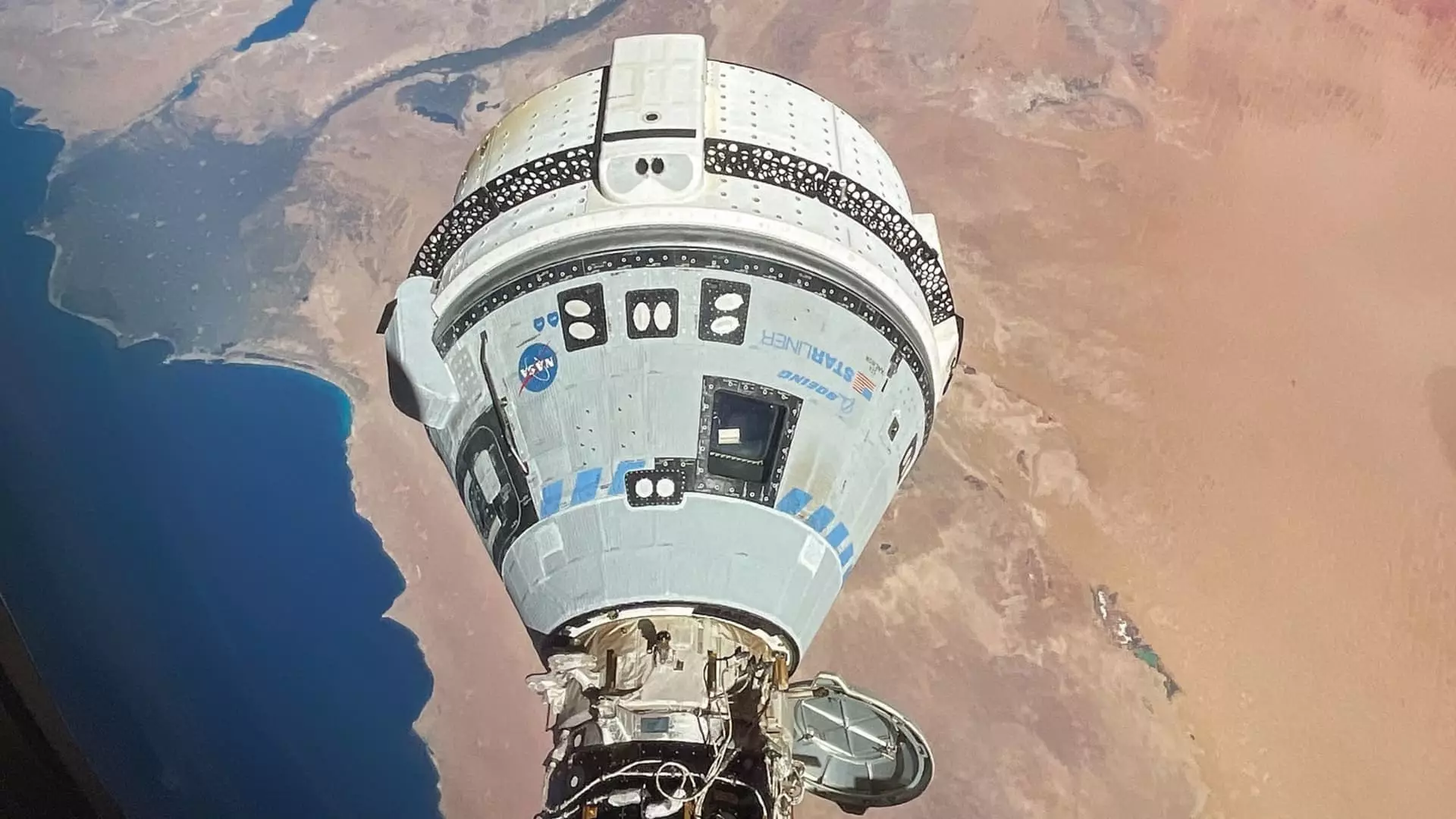Boeing’s Starliner capsule, named “Calypso,” is currently residing at the International Space Station (ISS) longer than initially planned. The extended stay comes after Boeing and NASA decided to conduct further testing on the spacecraft back on the ground. This decision has caused the postponement of setting a new target date for when the capsule will return to Earth.
The Starliner team is commencing a test campaign of the spacecraft’s thruster technology at White Sands, New Mexico. The purpose of this testing is to gather more data on the spacecraft’s performance, specifically focusing on its thruster system. NASA’s Commercial Crew manager, Steve Stich, mentioned during a press conference that the testing will be an attempt to replicate in-flight conditions as accurately as possible on the ground.
Initially planned to be in space for nine days, the Starliner flight has now surpassed 24 days and counting. This delay has raised concerns, but officials have emphasized that the spacecraft is safe to return at any moment in case of an emergency.
The Starliner crew flight test is a crucial step towards NASA certifying Boeing to fly crew on operational, six-month missions. However, similar to its two previous uncrewed spaceflights, Starliner has encountered several problems during the mission. These setbacks have caused Starliner to fall behind SpaceX’s Dragon, which has completed numerous successful crewed trips to the ISS.
One of the primary reasons for the delay in returning Starliner to Earth is to replicate thruster issues that occurred during the spacecraft’s approach to the ISS. Ground testing at White Sands will provide a detailed examination of the thrusters’ performance and ensure that there are no abnormalities that could pose a risk during the return journey.
Despite the delays and challenges faced by Starliner, both NASA and Boeing have expressed confidence in the safety of the spacecraft. Mark Nappi, Boeing’s Starliner program Vice President, emphasized that the decision to extend the mission is not due to any immediate danger faced by the crew on board the ISS.
The delay of Boeing’s Starliner crewed flight raises questions about the spacecraft’s reliability and its ability to carry out future missions successfully. The extensive testing and ground inspections are crucial in ensuring that any potential issues are addressed before attempting to return Calypso safely to Earth. Although setbacks are common in aerospace missions, it is essential for NASA and its commercial partners to maintain the highest standards of safety and reliability in all space endeavors.


Leave a Reply